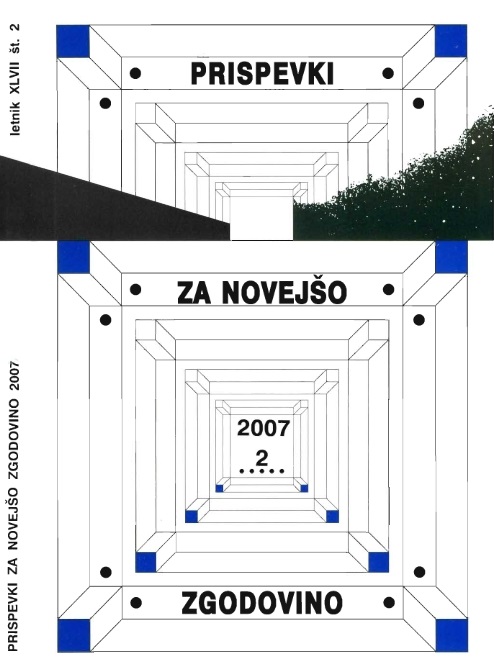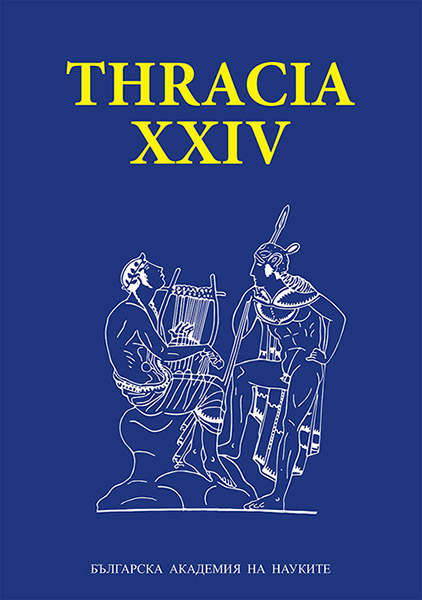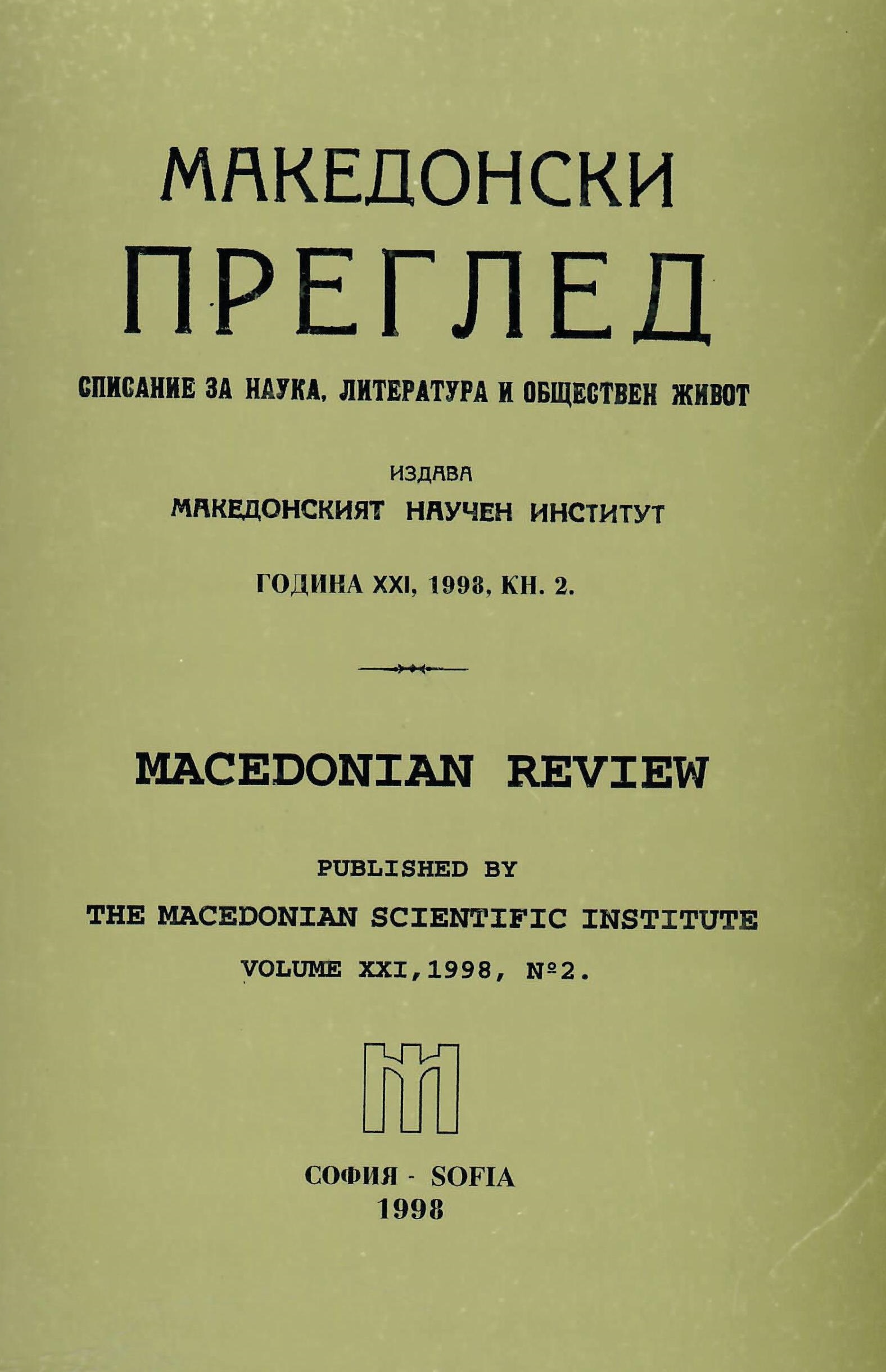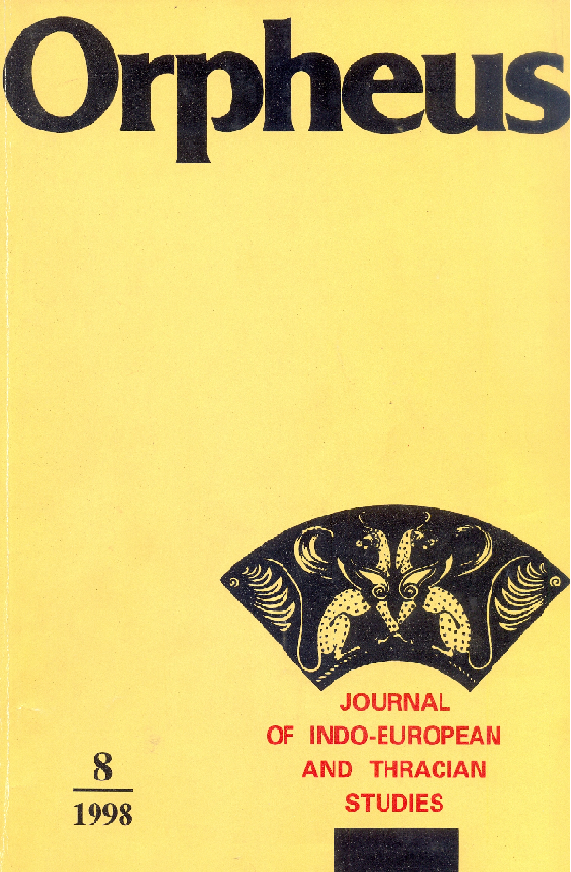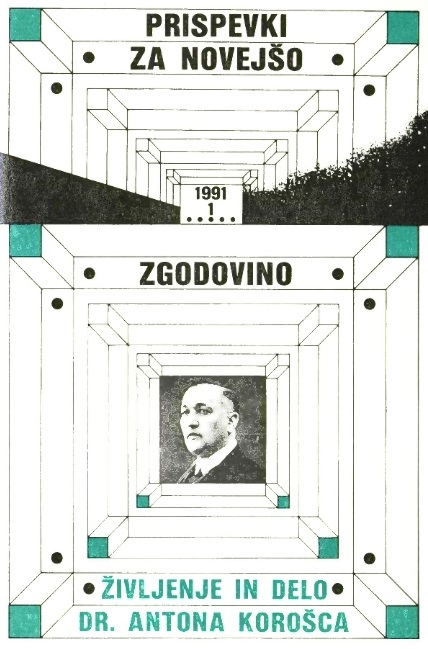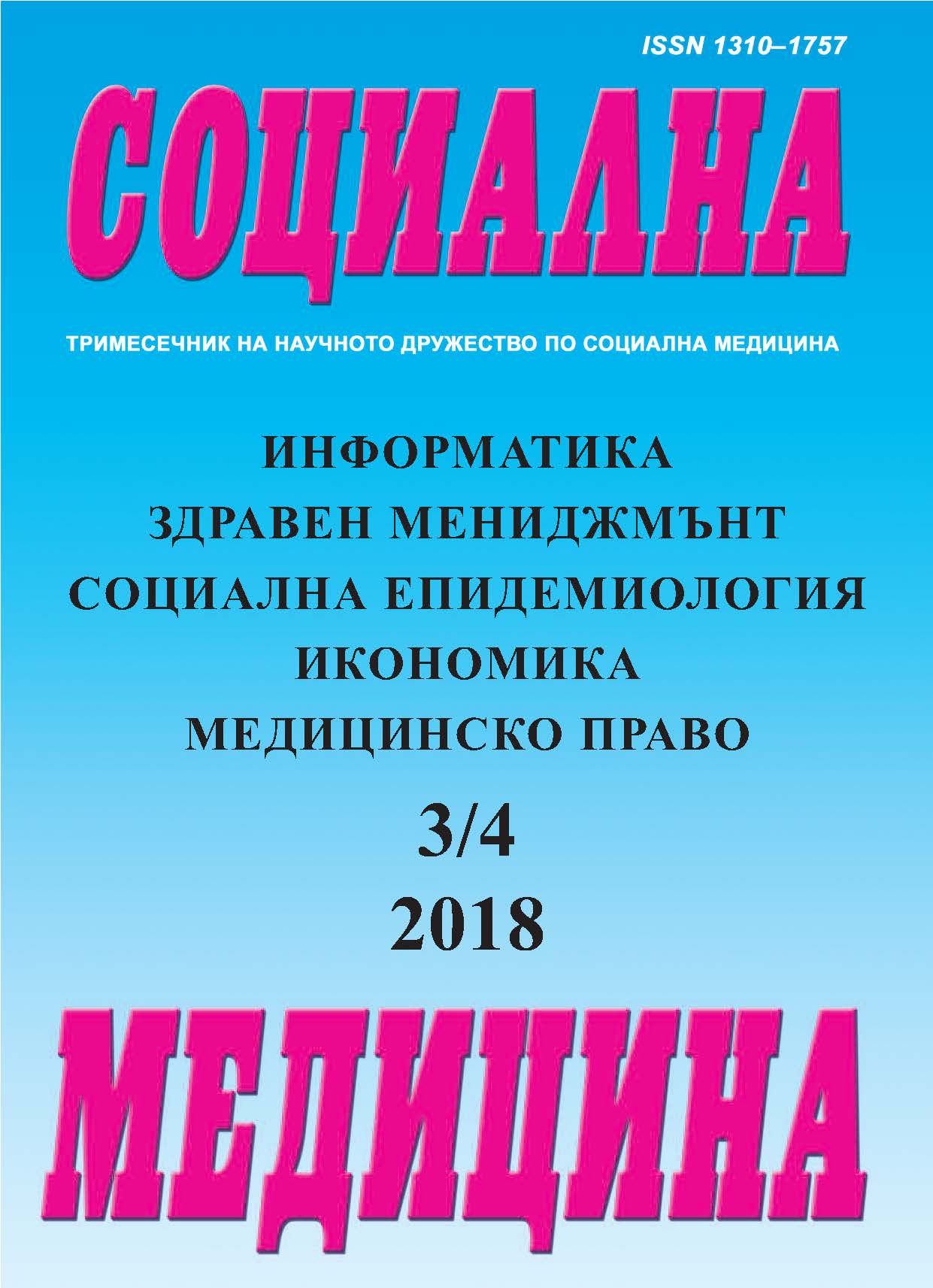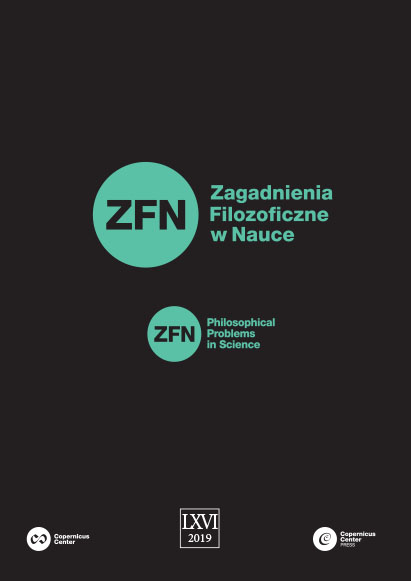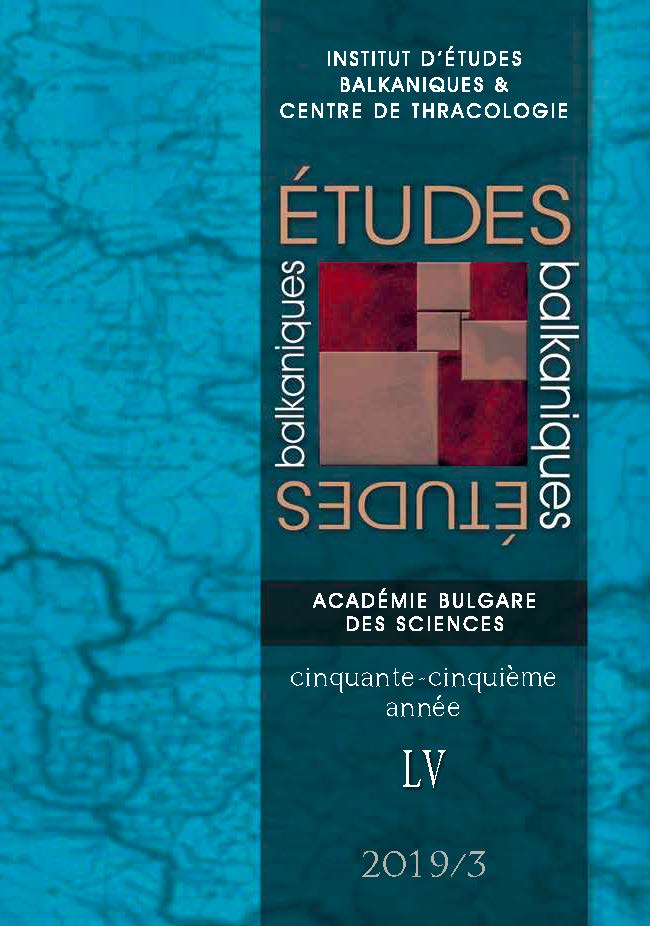Author(s): Kabalan Moukarzel / Language(s): English,Bulgarian
Issue: 24/2019
The aim of the present paper is to propose a study on the narrative about the destruction of Babylon in 689 BC, presented in the royal inscriptions of its destroyer – Sennacherib, and of its restorer – Esarhaddon. Both groups of texts expose different points of view on the event in relation to their structure, composition and message. In the first part of the paper, some basic historical facts on the event are summarised in the light of the previous research and their conclusions. The destruction came as result of prolonged war between Assyria and a coalition of Babylonia and Elam in the period 694–689 BC. It came also as a result of Sennacherib’s unsuccessful policy in Babylonia prior to the conflict aimed at imposing Assyrian domination. The second part of the study is concentrated on Sennacherib’s version of the destruction described in his inscription from Bavian (Sennacherib No. 223). A translation of the passage under discussion into Bulgarian is proposed. The narrative scheme is examined in detail, and several episodes in its story are defined. This version of the destruction is called here the version of the convenient memory, because it exposes a traditional story in form and meaning, representative for the Assyrian royal inscriptions and their propagandistic content where the king and his anger have a key role in all deeds described. The third part of the paper is concentrated on the second version for the destruction, narrated in the inscriptions of Esarhaddon, with emphasis on inscription Esarhaddon No. 104, known from several copies from Assyria and Babylonia. A translation of the passage with the narrative into Bulgarian is proposed. The story in this text presents a very different view to the event in several episodes and ascribes the destruction to the main Babylonian deity – Marduk – and his anger. A comparison of both versions shows serious differences in their narratives and explains the logic behind these differences. The second version on the event is named in the paper the version of the convenient oblivion, because it gives a different explanation for the destruction, centered on the deity’s anger. The aim of the fourth part of the study is to analyse the composition of the second version in relation to its variants and sources in the light of the royal inscriptions of Esarhaddon. Several episodes of the story are presented with major or minor variations in form, meaning and structure of the narrative in different royal texts. Parallels are made with inscriptions Esarhaddon Nos 108, 116 and 113. All modifications (variants) are seen here as an instrument of the propagandist nature of the message in the text. The sources used for the composition of the second version differ in type. There is intertextuality among inscriptions of Esarhaddon, as well as phraseological use of passages from the royal inscriptions of Sennacherib, the ritual series Šurpu and the Gilgameš Epic. The diversity of sources used in the composition of the second version is remarkable, as also the literary abilities of the royal scribes, and the king himself. The last, fifth part of the study deals with some conclusions on the nature, aims, spreading and reception of the second version. The message of the passage is well composed and aimed at a wide public, mainly in Babylonia. Its main goal is to propose a theological explanation for the destruction of Babylon, where Assyrians are replaced by Marduk in the role of the destroyer. The arguments in favour of this explanation in the text are based on beliefs of ordinary people and ascribe their personal tragedy to god’s will. The use of widespread elements from the consciousness and the psychology of the ancient Babylonians is seen as the main manipulative achievement of the second version. Some notes on the reception of the version are added in the light of a later text – a passage in Nabonidus’ inscription from Babylon, where the destruction is explained in some of the terms noted early in Esarhaddon’s narrative of the event.
More...
